A skull-base surgeon explains why it’s important to consider your options before pursuing the most aggressive route
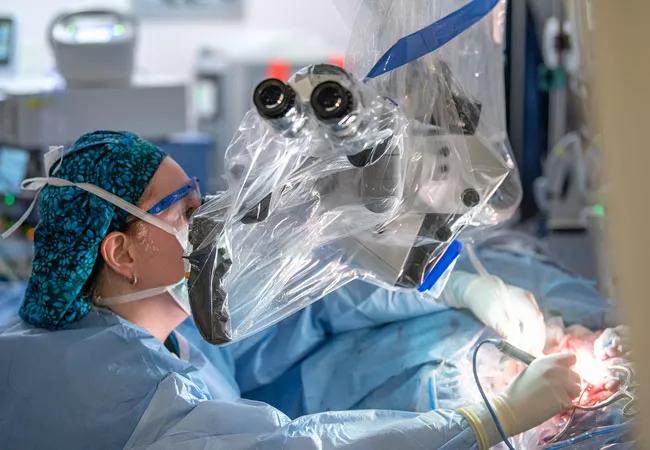
A 17-year-old patient initially presented to her local otolaryngologist with hearing loss, who believed fluid was causing the hearing loss. They placed an ear tube, but the patient’s hearing did not improve. Subsequent scans at a medical center revealed that a middle ear tumor, and not fluid, was affecting her hearing. The tumor was later determined to be a facial schwannoma.
Advertisement
Cleveland Clinic is a non-profit academic medical center. Advertising on our site helps support our mission. We do not endorse non-Cleveland Clinic products or services. Policy
At this point, the patient did not display any visible facial symptoms such as facial weakness or droop. However, the first medical team she met with discussed radical resection right away with her.
The patient began exploring second opinions and reached out to Cleveland Clinic. She chose to meet with the radiation/oncology department because of the emerging literature about radiosurgery, indicating that it can control the tumor and possibly help change the trajectory for facial nerve function. In addition, she also met with Erika Woodson, MD, Section Head of Neurotology/Otology/Lateral Skull Base Surgery in Cleveland Clinic’s Head & Neck Institute and Gamma Knife Center.
Dr. Woodson met with the patient and noticed that the patient had begun to develop very subtle facial weakness. Patrick Byrne, MD, MBA, the Chairman of Cleveland Clinic’s Head & Neck Institute, was then brought in to consult with the patient.
Dr. Byrne met with the patient and her family and suggested performing a nerve transfer in order to restore that movement. The nerve transfer would also prevent further loss of function should the tumor cause more paralysis in the future. The outpatient procedure takes the masseter nerve and connects it to the buccal branch of the facial nerve that helps produce a smile. The patient did well following the surgery, and Dr. Byrne anticipates the nerve growing into the muscles over the next several months.
Following the facial reanimation surgery, Dr. Woodson will monitor the patient’s scans for growth of the tumor and keep an eye on any symptoms of the patient. As the tumor progresses, Drs. Woodson and Byrne will likely need to take a more aggressive approach. By pursuing preemptive reconstructive surgery for the facial nerve downstream from the tumor, the patient will retain more function over time and have more time and flexibility to consider her options for the tumor itself.
Advertisement
With a facial nerve tumor, the patient will start to have facial weakness over time. This can happen either gradually or in steps. In addition to facial weakness, the patient may also experience twitches or spasms because this tumor is slowly destroying the normal nerve fibers. Traditional surgery can involve removing bone to allow the tumor room to grow (decompression) or removing the tumor completely. In this particular case, the tumor was located right behind the ear drum, so decompression surgery was not an option.
“Taking bone away is an attractive option for patients when you know the tumor is fully encased in bone because it might buy them some time,” says Dr. Woodson. “But this particular patient’s tumor was right behind her eardrum, so there was no way to decompress this space. The medical team that she originally met offered her radical resection. If you go in and take it out completely, what’s going to happen is the patient is going to wake up with permanent facial paralysis, unless more reconstructive surgery is done.”
Dr. Byrne notes that a key factor in this case is that the patient’s tumor, a facial schwannoma, is benign. Since the tumor had caused only minor hearing problems by that point, the patient was put in a vexing dilemma. “There is, at this time, no compelling necessity to treat it immediately,” explains Dr. Byrne. “Treating a tumor of this type aggressively may cause devastating facial paralysis, and each treatment option is imperfect. Surgical removal would almost assuredly result in facial paralysis. Gamma knife therapy is less likely to produce a permanent arrest of growth, but it is also less likely to cause facial paralysis.”
Advertisement
At most institutions, the debate on whether to treat or not, and, if so, which treatment is usually where the conversation begins and ends. However, Dr. Byrne notes that it’s important to view this dilemma a bit differently and consider another option: preemptive nerve transfer. “A cranial nerve transfer is when we provide motor nerve innervation to the paralyzed facial nerve by connecting a different cranial motor nerve into the facial nerve,” explains Dr. Byrne. “So, for example, we can dissect out a nerve that controls chewing muscles, disconnect it and reroute it to the facial nerve. Remarkably, this can allow a patient to smile or blink by activating the nerve that used to cause chewing.”
In addition to the masseter nerve transfer, another preemptive option for these patients is cross-face nerve grafting. In this scenario, a nerve graft is harvested from the leg and connected to functioning facial nerve branches on the opposite side of the face. These nerve grafts are then channeled under the skin and across the face so that normal healthy functioning nerves grow from the normal side over to the abnormal side. This lays the groundwork for the team to be able to support facial tone in the future.
Dr. Woodson believes that the approach towards facial nerve tumors has historically been fairly passive, and this needs to change. “We now know that we can take a more proactive approach and get better outcomes,” says Dr. Woodson. “As that nerve is slowly changing and becoming impacted, the patient starts to lose the nerve fibers and some of the muscle bulk and tone over time. If we take a backseat approach and just let weakness happen over a protracted period of time, then the reanimation schemes we have are already at a disadvantage because everything has atrophied so much. This type of approach treats the facial paralysis, but it also gives the patient time to consider their best option for the underlying cause: the tumor.”
Advertisement
Advertisement
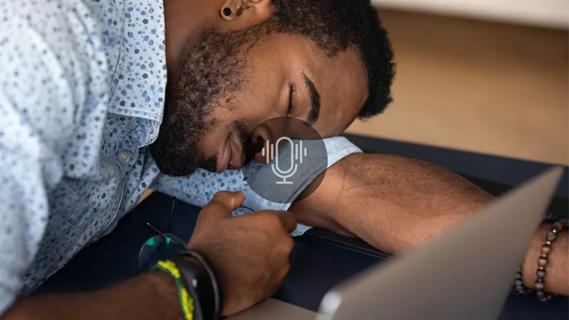
Testing options and therapies are expanding for this poorly understood sleep disorder
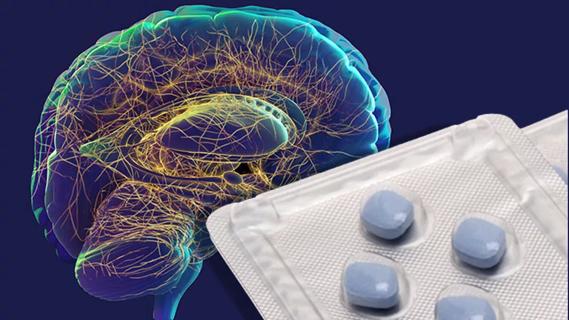
Real-world claims data and tissue culture studies set the stage for randomized clinical testing

Digital subtraction angiography remains central to assessment of ‘benign’ PMSAH

Cleveland Clinic neuromuscular specialist shares insights on AI in his field and beyond
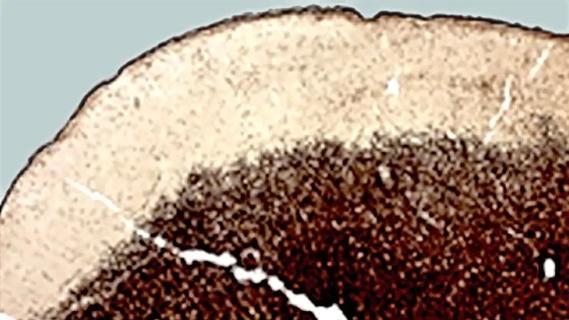
Findings challenge dogma that microglia are exclusively destructive regardless of location in brain
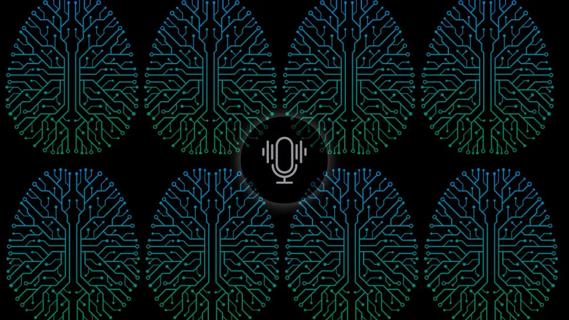
Neurology is especially well positioned for opportunities to enhance clinical care and medical training
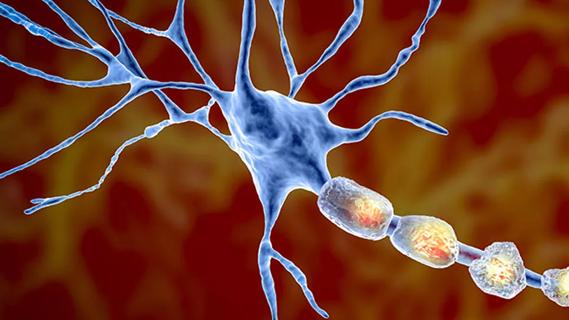
New review distills insights from studies over the past decade

Guidance from an expert on distinguishing — and co-managing — the disorders